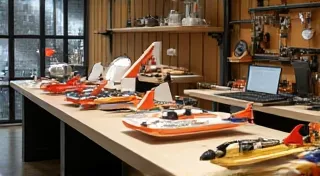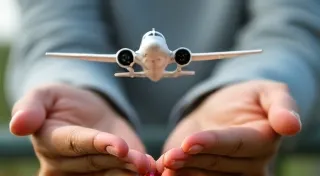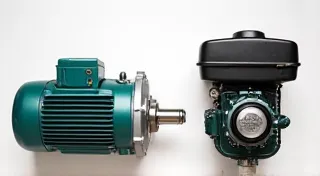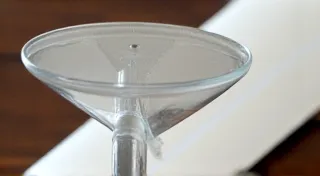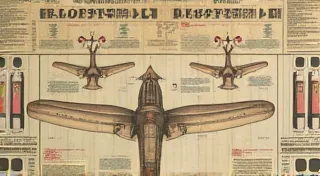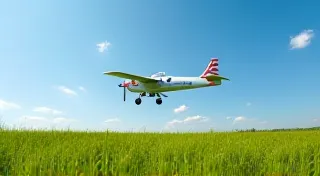Troubleshooting Common RC Airplane Problems
Building and flying an RC airplane is a rewarding hobby, but it’s not without its challenges. Even experienced modelers run into problems! This article covers common issues encountered during RC airplane building and flying, offering practical troubleshooting tips to get you back in the air. We’re focusing on problems that can arise with simpler designs, perfect for beginners. Remember, patience and careful observation are key!
Building Problems - Before You Even Fly
The Airplane Isn't Straight
One of the most frequent building errors is a warped or crooked airplane. This can be caused by uneven drying of balsa wood, improper glue application, or stress during construction.
Troubleshooting:
- Carefully examine the fuselage, wings, and tail. Look for any bends or twists.
- Gently try to bend the components back into shape. Moistening the wood slightly can help.
- Ensure all joints are properly aligned and glued securely.
- Consider using a jig during construction to maintain alignment.
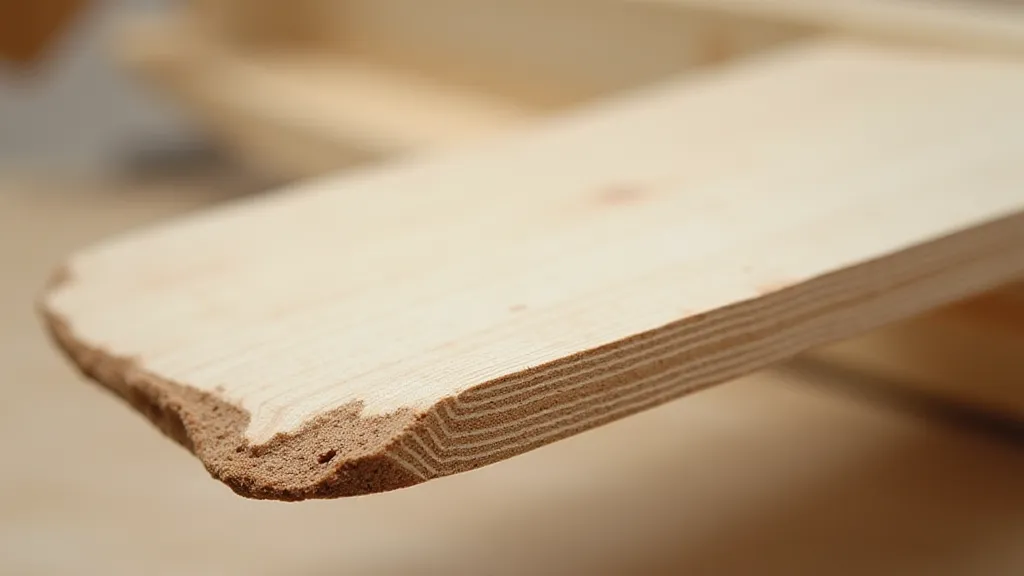
The Wings Are Uneven
Wing dihedral (the upward angle of the wings) is crucial for stability. If the wings are not symmetrical or the dihedral isn’t consistent, the plane will likely be unstable in flight.
Troubleshooting:
- Measure the dihedral angle on both wings. They should be equal.
- Check for any bends or warps in the wing panels.
- If the dihedral is incorrect, carefully adjust the wing mounting positions.
Tail Doesn't Sit Properly
Similar to the wings, a misaligned tail will create instability. It’s important that the horizontal and vertical stabilizers are perpendicular to the fuselage.
Troubleshooting:
- Use a square or a level to check the alignment of the tail surfaces.
- Make sure the tail is securely glued to the fuselage.
- If necessary, gently bend the tail surfaces to correct the alignment.
Flying Problems – In the Air
The Airplane Won't Take Off
A plane that refuses to leave the ground is frustrating. Several factors can contribute to this.
Troubleshooting:
- Insufficient Power: The motor might not be powerful enough for the airplane's weight. Ensure the battery is fully charged and properly connected.
- Incorrect Propeller: The propeller size or pitch may be wrong for the motor and airplane. Check the manufacturer's recommendations.
- Too Much Drag: Check for obstructions that might be increasing drag, such as loose parts or a poorly fitted propeller.
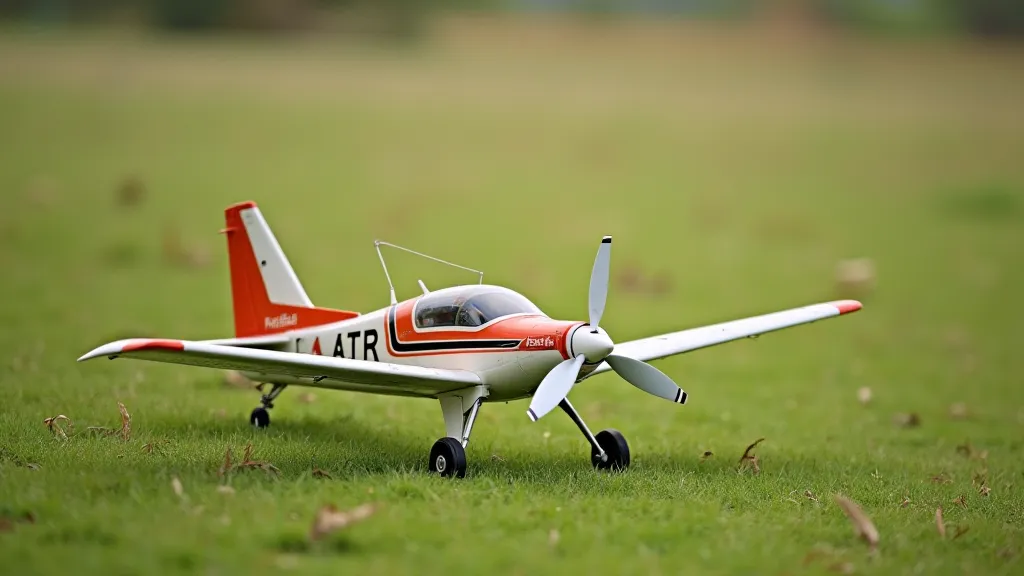
The Airplane Dives Suddenly
A sudden dive is usually a sign of an unbalanced airplane or a problem with the elevator control.
Troubleshooting:
- Center of Gravity (CG): The CG is crucial. A CG that’s too far forward will cause the plane to dive. Move the battery pack forward or add weight to the tail to adjust the CG.
- Elevator Trim: Adjust the elevator trim to add a slight upward deflection.
- Control Surface Travel: Ensure the elevator has sufficient upward travel.
The Airplane Spins
Spinning is a dramatic problem usually stemming from asymmetric control surface movement or an unbalanced plane.
Troubleshooting:
- Aileron Symmetry: Check that the ailerons are moving equally in opposite directions when you deflect the aileron stick.
- Rudder Alignment: Ensure the rudder is centered.
- Unbalanced Airframe: A slight imbalance can cause a spin. Try shifting the battery pack or adding small weights to balance the plane.
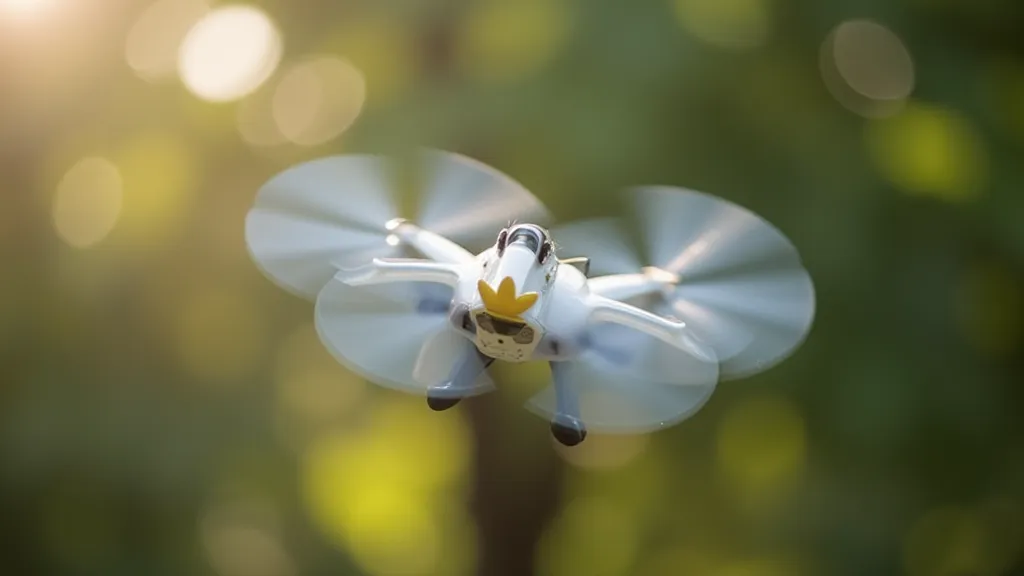
Final Thoughts
Remember to always prioritize safety. Start with gentle throws in an open area, and don’t be discouraged by initial setbacks. Troubleshooting RC airplane problems is a learning experience! With patience and attention to detail, you't be flying confidently in no time.
